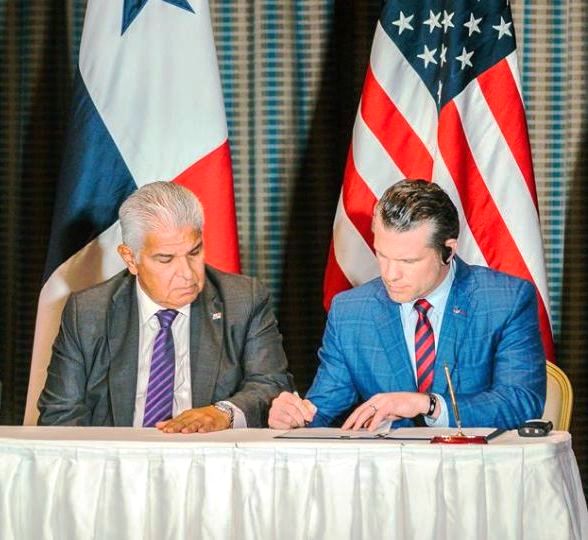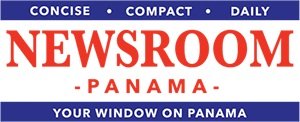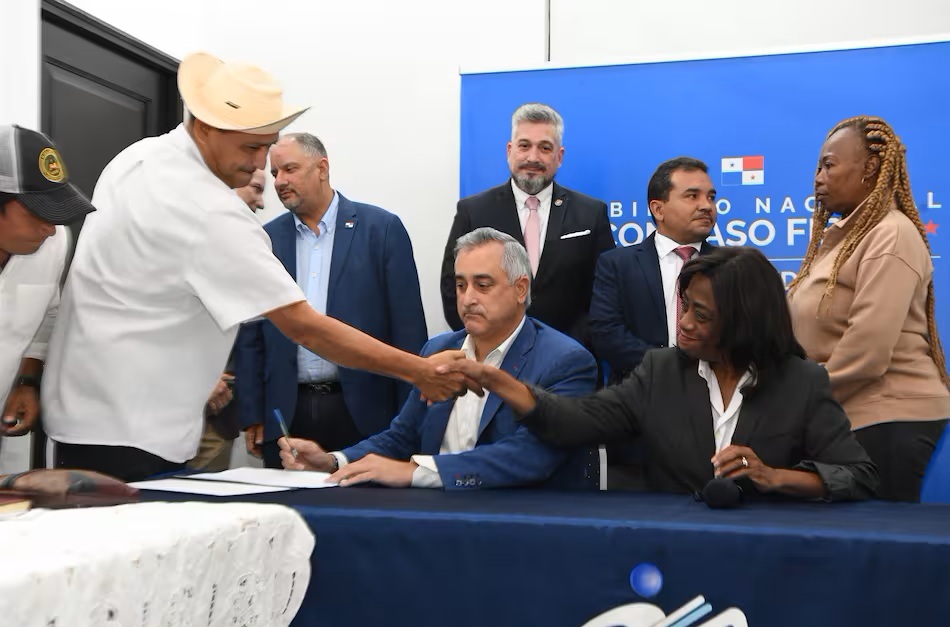Panama asks the United States to Update its Statement Recognizing Panama’s Sovereignty
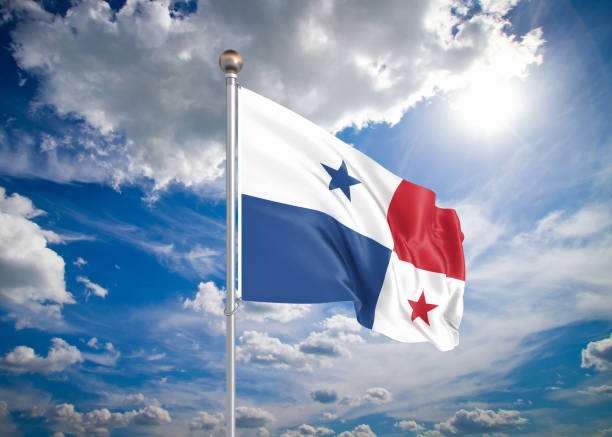
Lost in Translation
A joint declaration is, by definition, a statement agreed upon by two parties. Therefore, it is unacceptable—and deeply disrespectful—that the statement published by the United States Department of Defense omits, without justification, one of the most important phrases for Panama: the clear and forceful recognition of sovereignty.
Panama expresses its displeasure to the U.S. over the absence of a phrase on sovereignty in the declaration. A letter from the Foreign Ministry to the U.S. Embassy requests an update to the English version of the joint communiqué between the two nations, including recognition of Panama’s sovereignty over the Panama Canal. The chancellor explained that he himself was present when “the final statement was finalized and the phrase they removed was included.”
Panamanian Foreign Minister Javier Martínez-Acha said Thursday that the Panamanian government expressed its “discomfort” to the United States because the English version of a joint statement issued during the visit to the country by U.S. Secretary of Defense Pete Hegseth omitted a phrase regarding Panamanian sovereignty over the interoceanic canal. The Spanish version released by the government of Panamanian President José Raúl Mulino states that “Secretary Hegseth recognized Panama’s leadership and inalienable sovereignty over the Panama Canal and its adjacent areas,” but this phrase does not appear in the English version released by the administration of President Donald Trump.
“We sent a note to the U.S. Embassy informing them of our displeasure over the deletion of that phrase,” Martínez-Acha said during an interview with the radio program Panamá en Directo. The foreign minister explained that he was present at the moment when “the final statement was finalized and the phrase they removed was included.” “And I have evidence that the other side says ‘OK, there’s an agreement.’ Don’t ask me why the other side deleted that phrase,” the Panamanian foreign minister added, without specifying whether he has received any response from US authorities.
In recent months, US President Donald Trump has argued that the presence of a Hong Kong operator in two of the five ports located around the Canal constitutes Chinese control of the waterway, which is why he expressed his intention to reclaim it for the US. The US built the Canal at the beginning of the 20th century and operated it for more than 80 years, until its transfer to Panama 25 years ago, as established by the Torrijos-Carter Treaties of 1977. The waterway is governed by a Neutrality Treaty that has been in force since October 1979. “I want to be very clear: China did not build this canal, China does not operate this canal, and China will not use it as a weapon,” Hegseth declared Tuesday during an official ceremony at a former US military base.
In addition to the joint statement with Mulino, which has caused Panamanian discontent due to its English version, a security memorandum with the Pentagon was also signed during Hegseth’s visit, implying an increased U.S. military presence in the country, and a joint security statement between the Ministry of Canal Affairs and the U.S. Secretary of Defense. In a brief letter, the Panama Canal administration indicated Wednesday that the joint declaration on security signed with the head of the Pentagon “reiterates respect and recognition of Panamanian sovereignty over the interoceanic waterway, as established by the Neutrality Treaty and the legal framework governing its operation, as well as the Constitutional Title and the Organic Law of the Canal.”
In a statement regarding Hegseth’s tour of the century-old locks, the administration of the waterway emphasized that this “is an important driver of the commercial relationship between the United States and Panama.” “At the close of fiscal year 2024, 52% of transits through the interoceanic waterway registered ports of origin or destination in the United States. Furthermore, 76% of the cargo that transited the Canal during that fiscal year originated or was destined for that country, and more than three-quarters of that cargo used the Neopanamax lock,” the expansion built by Panama at a cost of more than $5 billion and operational since 2016, according to an official statement.
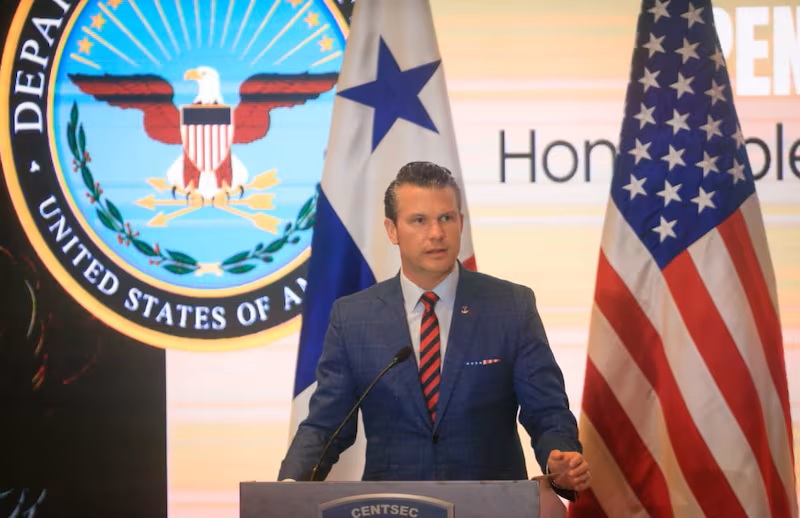
What Pete Hegseth’s visit to Panama left behind: An agreement on the Canal and the return of military cooperation. The United States says its warships will have free passage through the Canal; Panama says it will be “compensation for services. Washington attempts to stake its claim in Panama: ‘The era of capitulation to communist China is over.’
